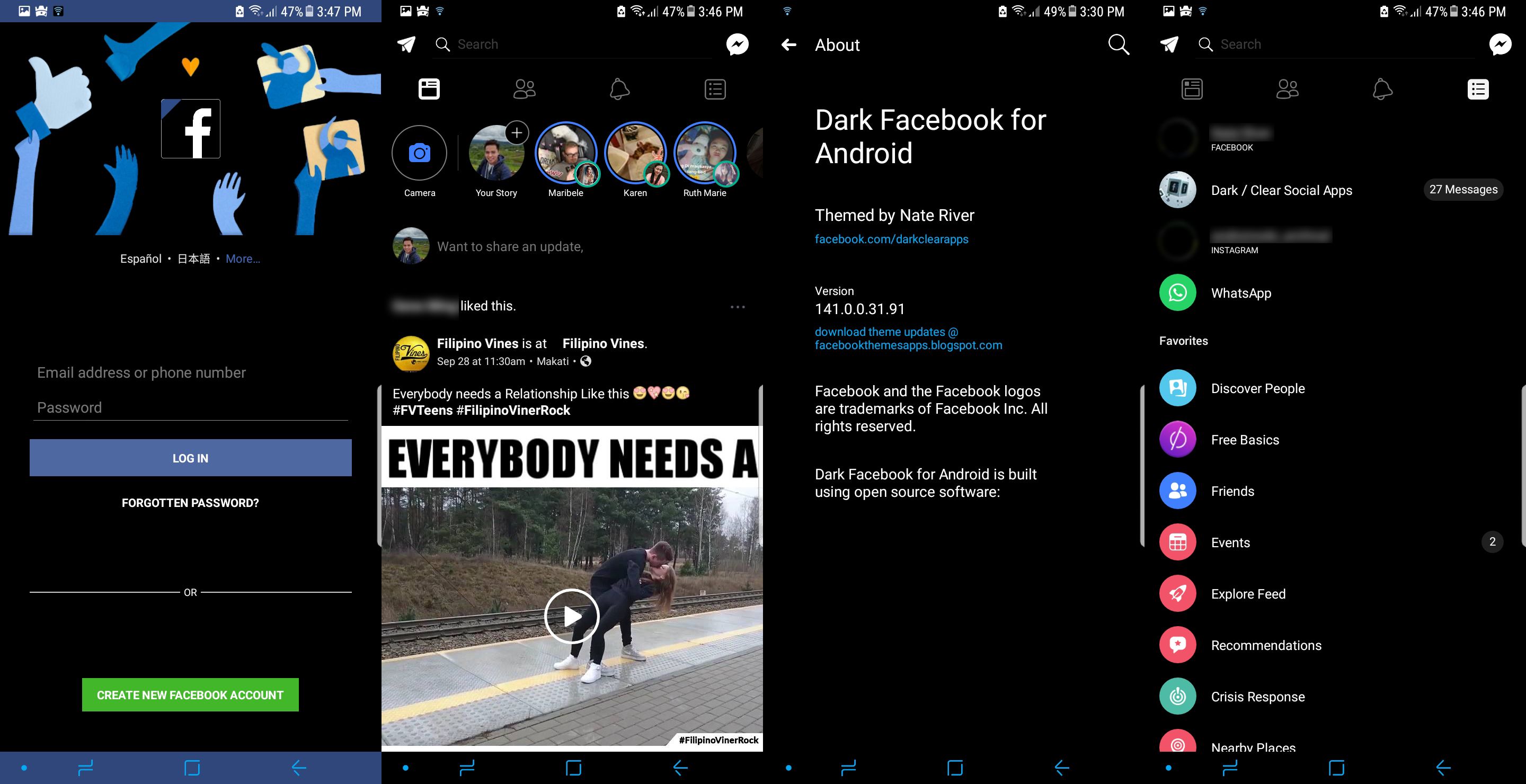

The obvious next question is what happens if you lose access to the Microsoft Authenticator app or your entire phone. Other login options, like Windows Hello biometrics, can be set up depending on the different devices you're using. In the future, when you would have entered your password alongside your email address, you'll get a prompt in the Microsoft Authenticator app. With that in mind, Microsoft is pushing a password-free future and giving users the opportunity to log into their Microsoft accounts-which you probably use to access your Windows PC, Xbox, Outlook email, OneDrive storage, and more-via other methods. And while a good password manager can solve a lot of those problems for you, getting rid of passwords altogether gets you even further. Making them harder to guess or crack makes them impossible to remember, adding extra inconvenience and frustration whenever there's a new device to get up and running. The easier passwords are to remember, the easier they are for someone else (or automated hacking tools) to guess. Which is why Microsoft's recent move to go passwordless is such a welcome step toward better protection. If someone gets hold of or guesses your password, they can pretend to be you from wherever they are in the world, especially if you don't have two-factor authentication in place.

Despite being the default way that you get into most of your digital accounts, passwords aren't really that secure-certainly not compared to a fingerprint or a device that can act as a physical key.


 0 kommentar(er)
0 kommentar(er)
